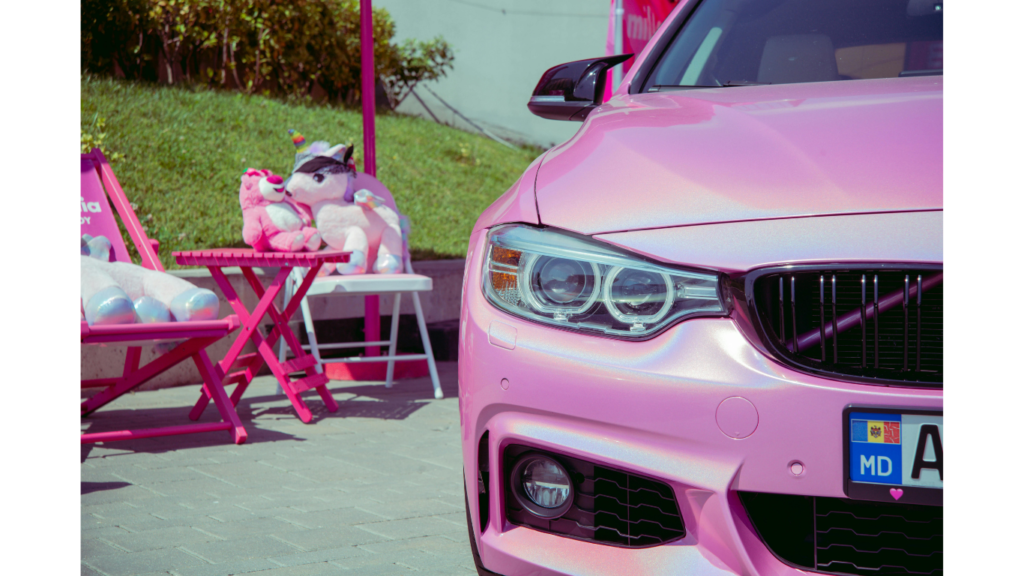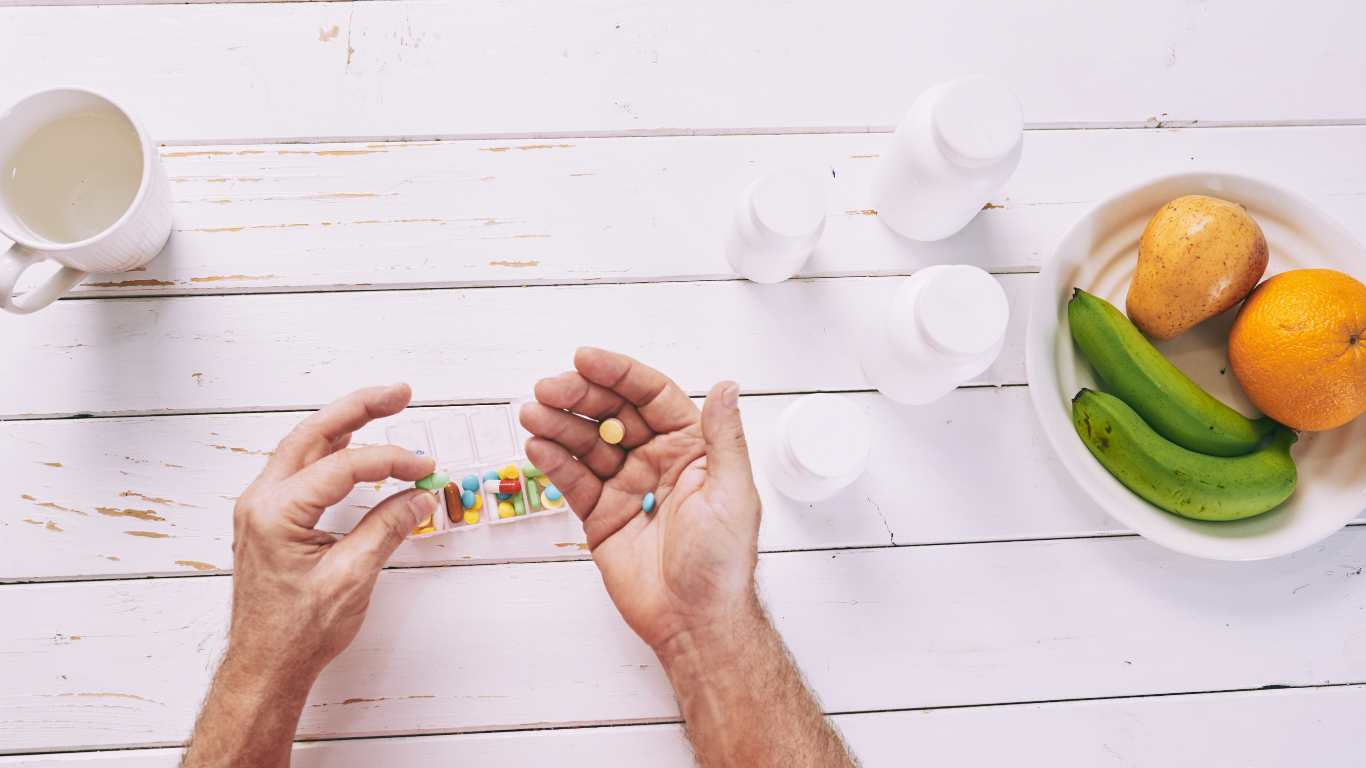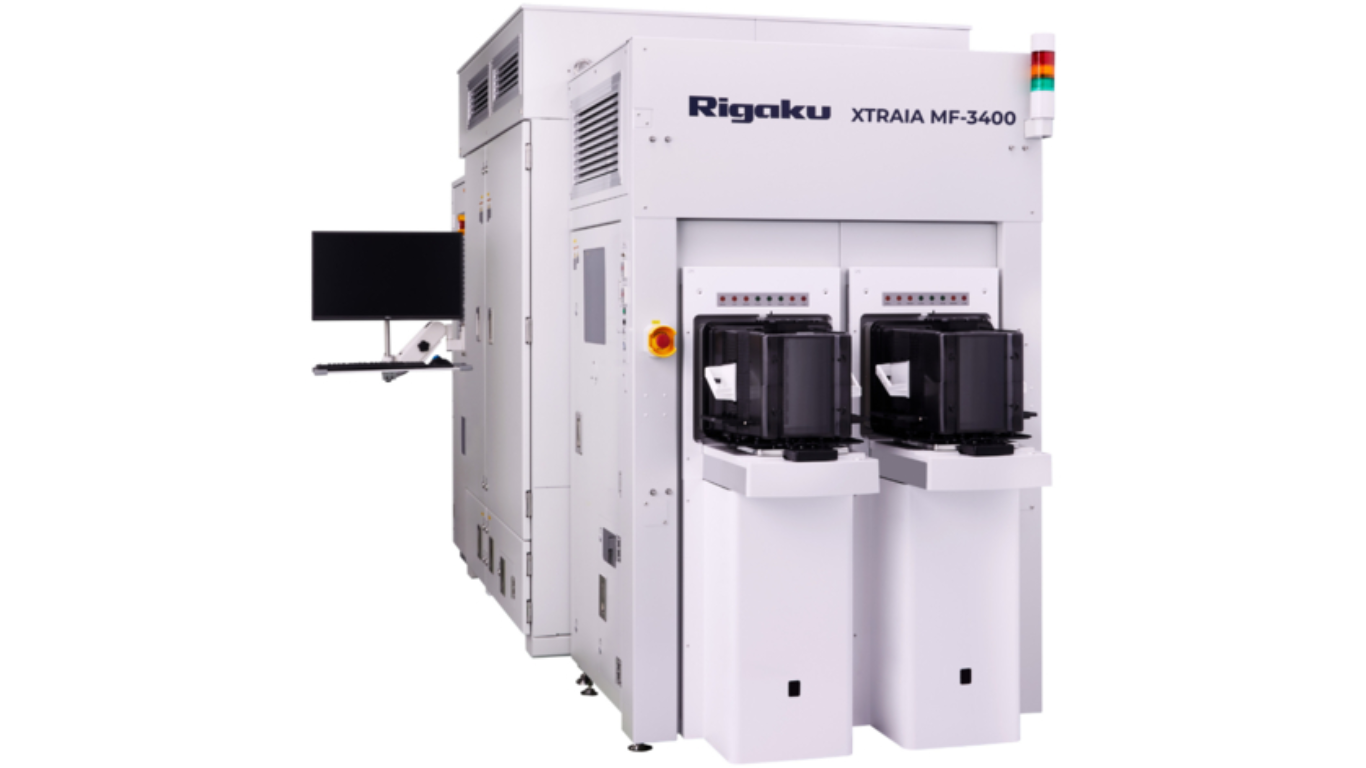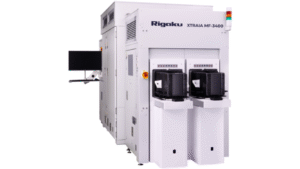Automotive painting is a specialized skill that combines artistry with technical expertise. Those looking to excel in this field must understand the nuances of paint application and the mechanics behind vehicle refinishing. Success in automotive painting involves keeping up with industry trends, mastering various techniques, and delivering exceptional workmanship that leads to satisfied customers.
Understanding the Fundamentals of Automotive Painting
A solid foundation is important for anyone looking to thrive in automotive painting. First, understanding the various types of automotive paints available in the market can help determine the best options for clients’ needs. There are several paint categories, including urethane, enamel, and water-based paints, each with unique properties and application processes.
Surface preparation is fundamental, as proper cleaning and priming can prevent future issues. Techniques such as sanding, cleaning, and applying primer ensure optimal adhesion. Paint application methods like spraying and rolling require mastery.
Investing in Quality Tools and Equipment
High-quality tools and equipment are critical to producing outstanding automotive paint jobs. A professional spray gun, for instance, provides even application and reduces the likelihood of imperfections. Selecting the right type of gun for specific tasks can streamline workflow and improve finish quality. Other critical tools include air compressors, sanding discs, and spray booth systems. Investing in options such as 4 post car lifts ensures safe and efficient access to vehicles, allowing painters to work on any part of a car without unnecessary strain. Proper maintenance of tools is equally important.
Regular cleaning and servicing of spray guns and compressors will extend their lifespan and maintain optimal performance. Dust and contaminants can ruin a paint job, so keeping the workspace organized and clean should be a top priority. The correct protective gear, like masks and gloves, ensures the safety of both the painter and the finished product.
Mastering Application Techniques
The intricacies of paint application greatly impact the final product. Automotive painters must master various techniques to adapt to different situations. Blending techniques can help create smooth transitions between old paint and new. Over-spraying is a common issue that can occur when handling is inadequate, resulting in unsatisfactory finishes. Understanding spray patterns and adjusting gun settings meticulously can prevent overspray and runs.
Knowledge of drying times between each layer is critical, as applying too soon or too late can impact adhesion and finish quality. Practicing on test surfaces allows painters to hone their skills without the pressure of client deadlines. The more familiar a painter becomes with different types of fittings and vehicles, the more adept they will become at handling varying paint applications.
Building a Strong Portfolio
A well-curated portfolio is vital for attracting new clients and showcasing craftsmanship. This portfolio should consist of high-quality images of completed projects, including before-and-after shots that highlight transformation. Capturing the intricate details of work, such as color matches and custom jobs, can leave a lasting impression on potential customers. Including testimonials from satisfied clients can build credibility and trust.
Networking with other professionals, attending automotive shows, and engaging on platforms such as social media can further bolster a painter’s visibility. A robust online presence can reach a wider audience, generating more inquiries and potential jobs. Regularly updating the portfolio with recent work keeps it fresh and relevant, demonstrating a commitment to ongoing improvement.

Understanding the Business Side
While technical skills are crucial, understanding the business side of automotive painting is equally important. Setting competitive prices while ensuring profitability requires market research and financial literacy. Knowing how to create accurate estimates helps prevent undercharging for labor or materials.
Marketing strategies can leverage local advertising, social media campaigns, and collaborations with automotive businesses. Identifying a target customer’s demographic will streamline advertising efforts and help tailor messages to resonate with potential clients.
Staying Updated on Industry Trends and Technology
Automotive painting is an ever-evolving field, influenced by technological advancements and changing consumer preferences. Staying up-to-date with new products and techniques helps automotive painters remain relevant in their craft. Participating in industry events, forums, and certifications presents opportunities for networking and learning.
Investing in ongoing education fosters personal growth and enhances skills and capabilities. Adapting to changes in eco-friendly materials, such as water-based paints, is important, considering the growing demand for sustainability. Those who can adjust their practices will ensure a competitive edge in their market.
Understanding the intricacies of paint types, proper application techniques, and maintaining quality tools sets the foundation for excellent workmanship. The investment in education, both formally and informally, incentivizes consistent improvement. Building a strong portfolio and understanding business operations paves the way to attract clients and ensure profitability.
Article received via email






























